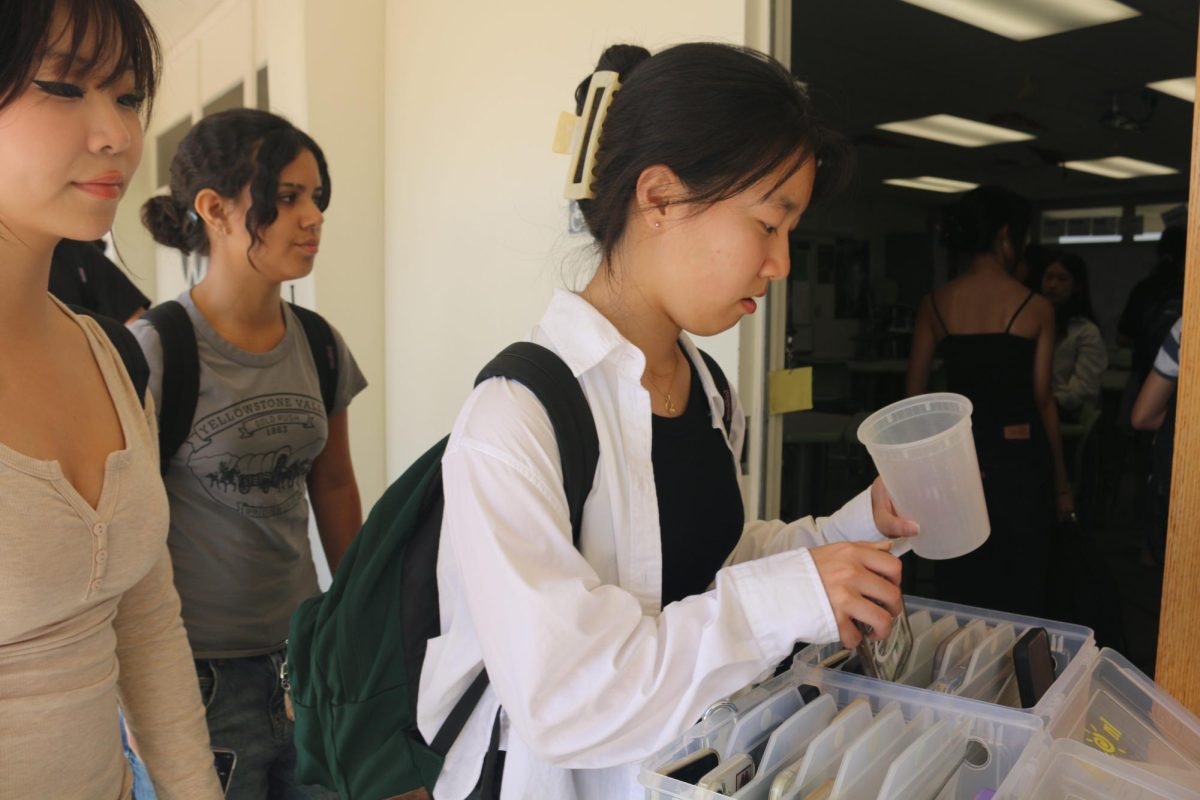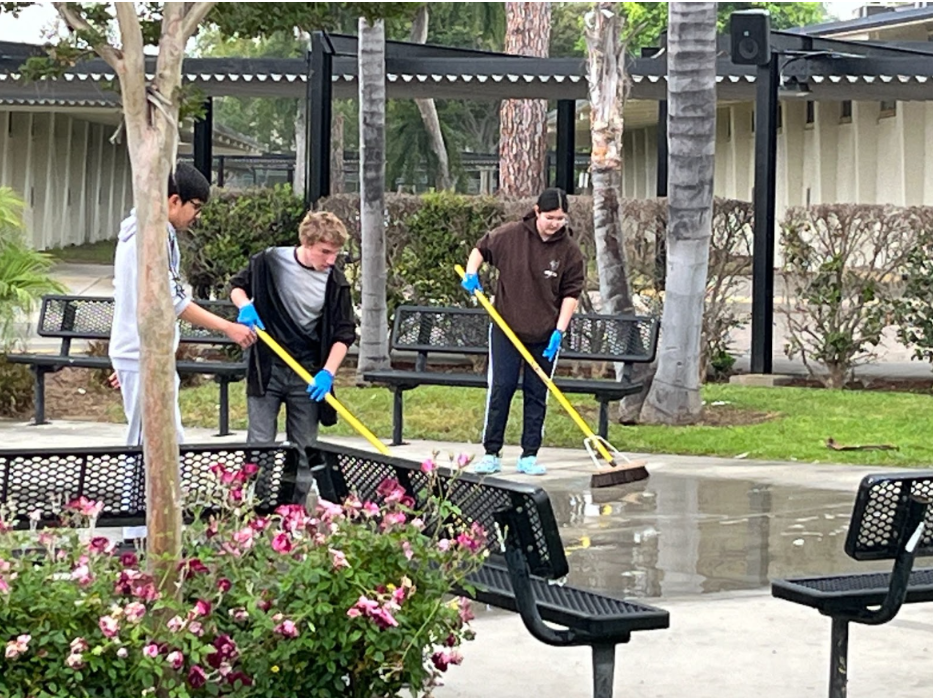The online modified Advancement Placement [AP] exams were much easier for many Sunny Hills students who took them throughout most of this month, but some experienced technical difficulties and have opted for a makeup exam in June.
“I’m pretty confident I got at least a 3 or higher on my exams,” said Sydney Sereg, who took tests for AP United States History, AP Chemistry and AP Language and Composition. “It was definitely a lot easier compared to how hard I thought they would be.”
Sereg was referring to past multiple choice and free-response question tests that normally lasted two hours and 15 minutes or more depending on the subject matter of the exams. Instead of canceling the administration of these exams like those who operate the International Baccalaureate program, the College Board opted to produce shortened free-response only versions students worldwide could take at home to accommodate government leaders’ decision to issue stay-at-home orders and close schools amid the COVID-19 pandemic.
Even before the test dates, the system revolved around a personalized online “E-ticket” that was delivered through email and the College Board website two days prior to an exam date for each test a student planned to take. These tickets contained an eight-digit AP ID, which was required to sign into the exam on test day.
From May 11-22, students were expected to check into their online exam 30 minutes before the scheduled start time by entering their AP ID into the College Board website. Students were then offered three different methods of submitting work for the exam online: a pasted response, a document file or a picture of a handwritten response.
“I don’t think this new ‘E-ticket’[and] online AP test system should be that big of a problem for SH students,” AP Chemistry teacher Andrew Colomac said before the AP test dates. “I feel like we are at an advantage here because we have used chromebooks and Google Classroom in our lessons for so long now.”
Although the College Board originally announced that each modified online exam would include a 45-minute time limit, students were also given an additional five minutes to ensure that their responses would be received.
During the testing period, the College Board also allowed students to use their class notes or the internet; to deter students from just directly lifting passages from other websites or having someone else like a tutor take their exams, the College Board integrated plagiarism-detection software and informed test-takers that their work would be digitally sent to their teachers at the end of May should they choose to review the responses, like for a final exam grade. Instructors would subsequently notify College Board if they were to notice any suspicious entries.
Furthermore, the College Board created multiple versions of exams to combat any forms of cheating among students via text messages with their smartphones.
Sereg said the open note option had its pros and cons for her.
“I was able to use some of my notes while taking the exam, and it made it easier with finding the right answer, but I might have wasted some time actually searching for the correct formulas,” she said.
Well before the testing dates, the College Board had announced that it would also offer make-up exams June 1-5 for students who faced technical issues.
That’s what junior David Chung has made plans to do.
“Uploading my work for the exams took forever because of the slow upload times with Google Drive,” said Chung, who took tests for AP United States History, AP Chemistry and AP Language and Composition. “The copy and paste feature for the test was also really buggy and wouldn’t let me paste all of my work in it.”
Because of these issues, Chung said he plans to take the make-up exams offered for AP United States History and AP Language and Composition.
“I’m just disappointed that the College Board didn’t take into account the technical problems with the test,” he said. “I genuinely thought that the tests were pretty simple and straightforward, so to have to take them again just because of some technical issues is really unfortunate.”
College Board officials also acknowledged soon after the test ended that the process was far from perfect.
“Though the vast majority of students were able to submit their responses successfully, we share the deep disappointment of those who weren’t,” tweeted Trevor Packer, senior vice president of AP and instruction. “We have been listening closely to each student, parent and educator who reports a problem and [are] aggressively pursuing a way to improve the testing experience.”
As the coronavirus situation continues to evolve, still preventing large group gatherings, the College Board has also announced plans to administer an online SAT for students to take at home — another first for the non-profit organization.
After his experience with AP testing, however, Chung doubts that the online SAT versions would be properly administered.
“Considering the problems I had with my AP exams, I’m not confident that the College Board can replicate the same testing environment with the SAT through an online exam,” he said. “It’s just too risky to give out such an important test online.”
Sereg agrees.
“I would consider it, but I would definitely much rather take such a test in person,” she said.
Regardless of some of the obstacles that the online tests created for students, Colomac said he still appreciates the College Board’s efforts toward creating a better online testing experience.
“I have to say I feel like the College Board has done an excellent job of adapting to the situation,” he said. “They have posted over 30 study videos on YouTube, practice material on AP Classroom, a practice submission, lots of training videos for teachers on what to expect and a ‘Day of the Exam’ checklist.”



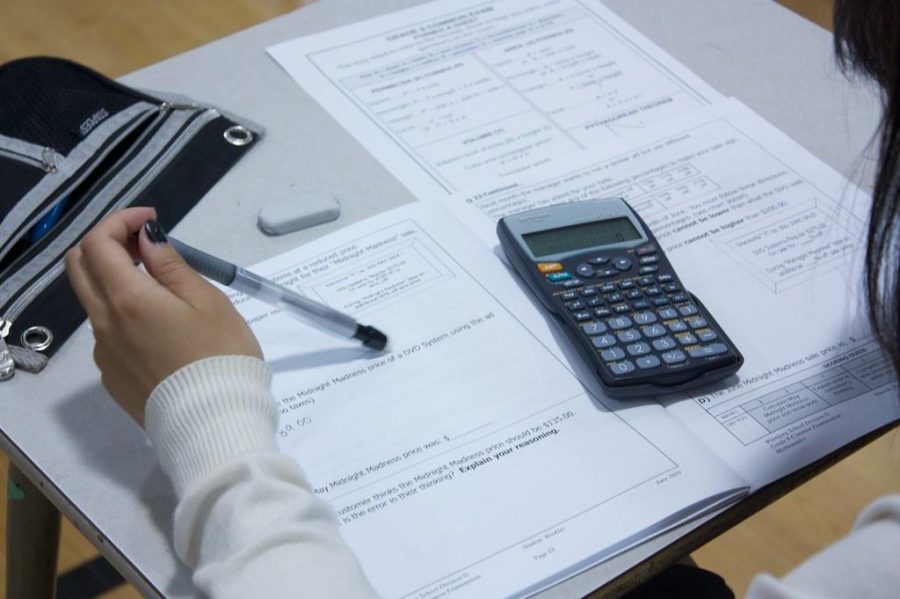
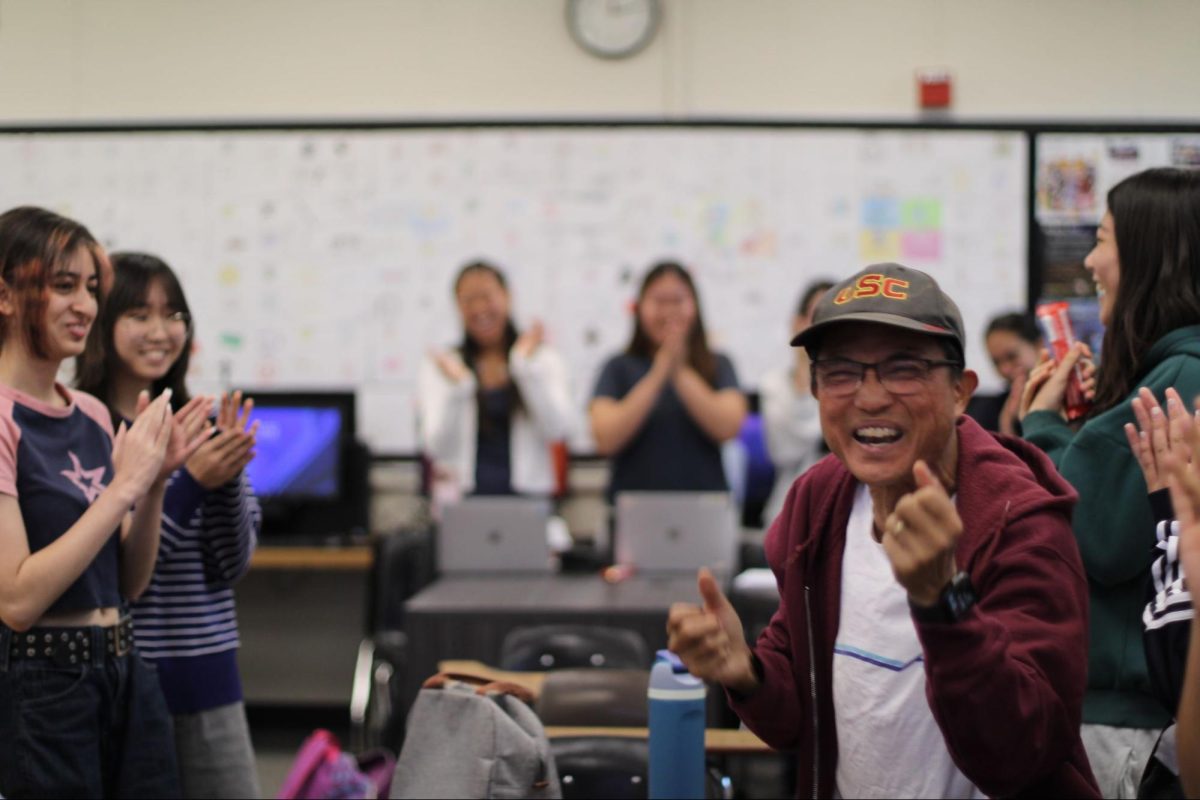
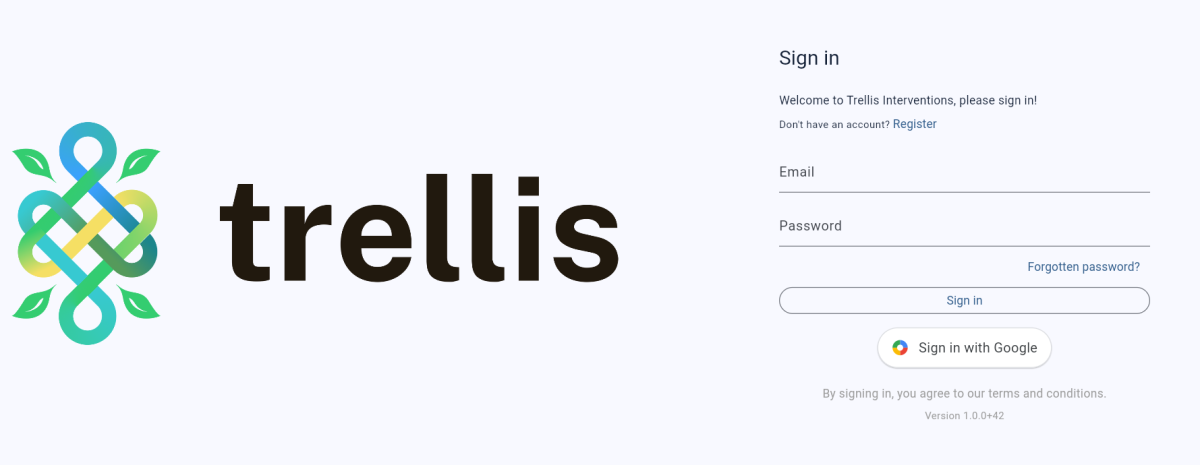
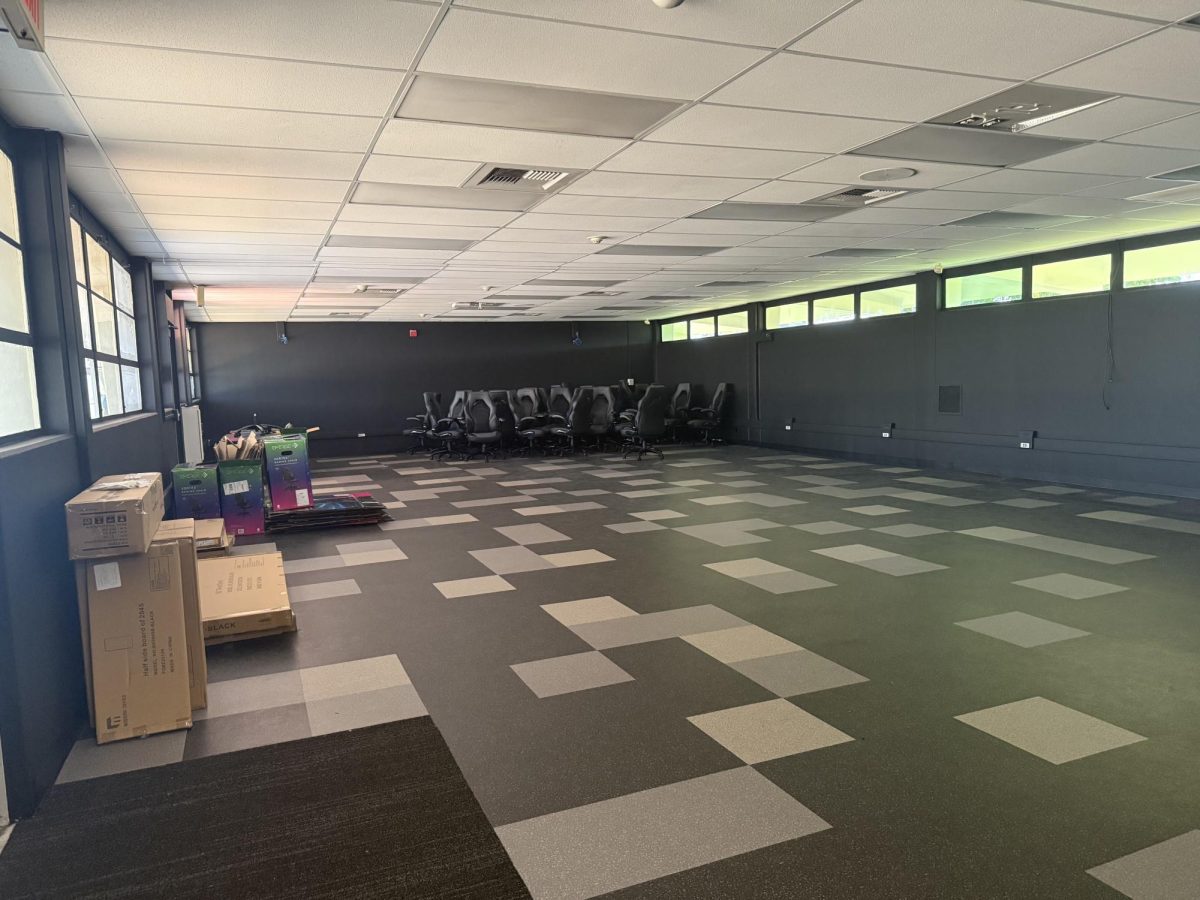
![Students and staff across the Fullerton Joint Union High School District [FJUHSD] received emails promoting a part time job offer with pay. The messages were set from compromised FJUHSD accounts.](https://shhsaccolade.com/wp-content/uploads/2025/09/image1-2-1200x527.png)

